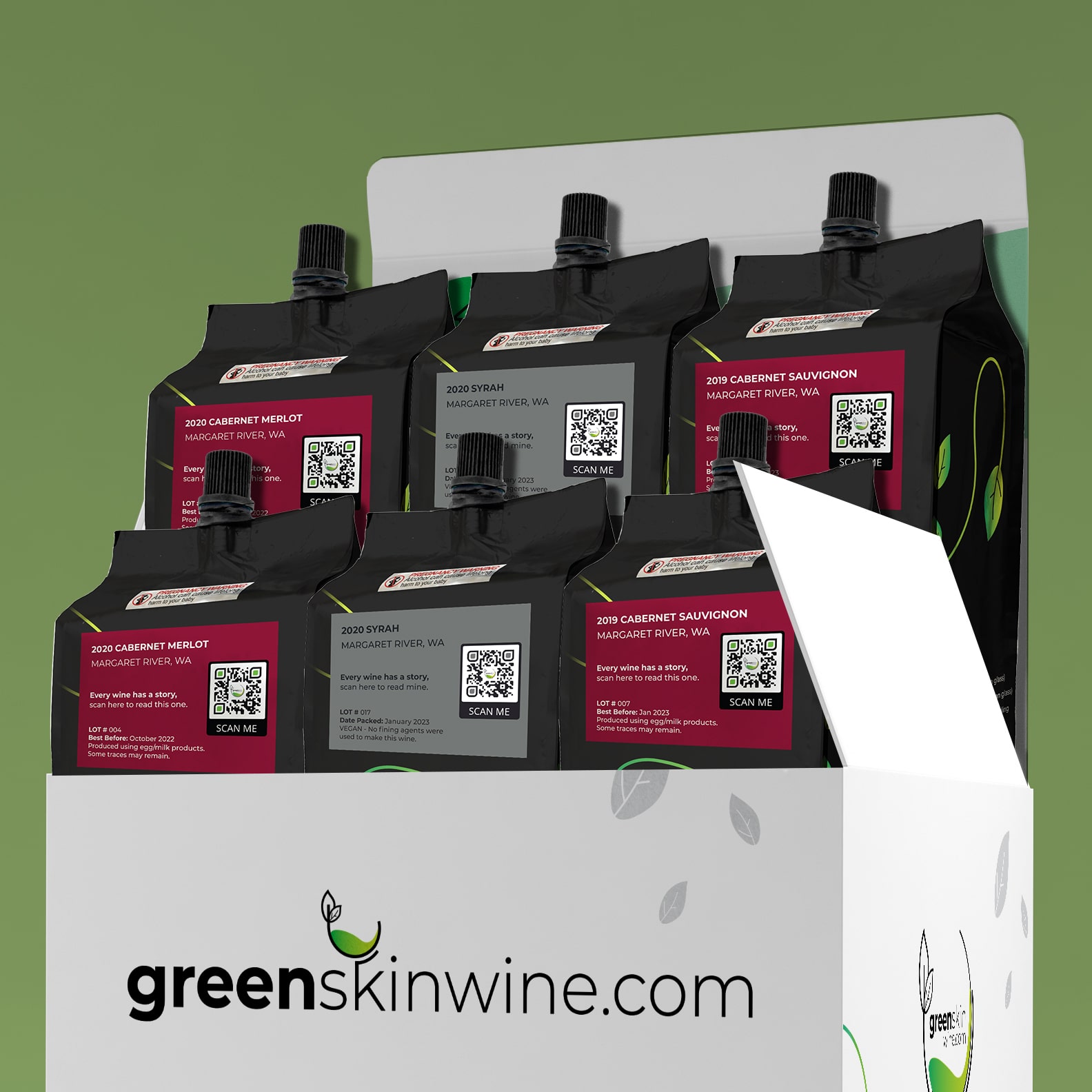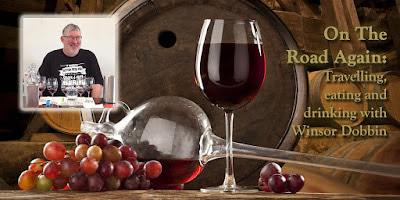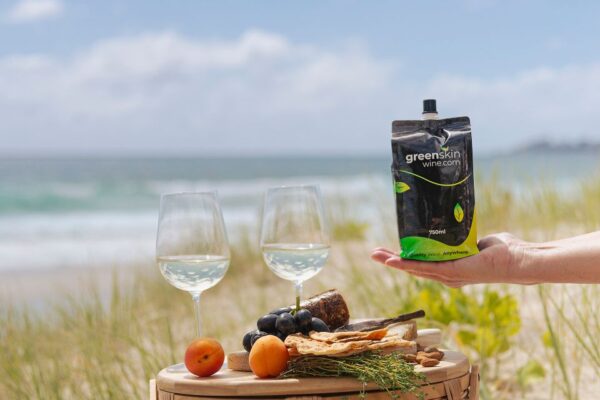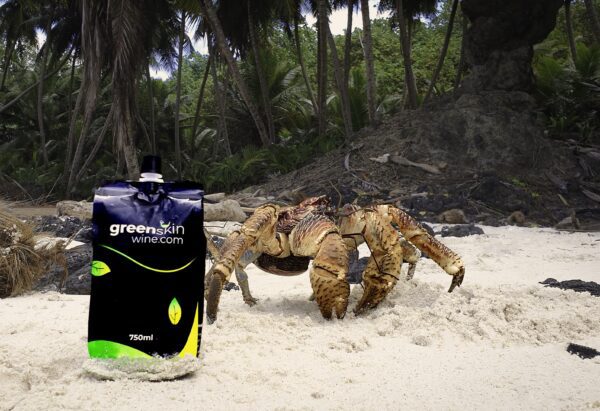
What is Tannin in Wine?

What is Tannin in Wine?
When you take a sip of red wine and experience a dry, puckering sensation on your tongue, you are encountering tannins.
Tannins are a vital component of wine, especially red wine, and they significantly influence the wine’s texture, structure, and aging potential. But what exactly are tannins, and how do they affect the wine in your glass?
Let’s dive into the fascinating world of tannins and uncover their role in winemaking.
Understanding Tannins
Tannins are naturally occurring polyphenolic compounds found in plants, including grape skins, seeds, stems, and oak barrels used for aging wine. They are responsible for the astringent, bitter taste that can make your mouth feel dry.
Tannins are also present in other foods and beverages, such as tea, dark chocolate, and certain fruits like pomegranates and persimmons.
Sources of Tannins in Wine
- Grape Skins, Seeds, and Stems: The primary source of tannins in wine comes from the grape itself. During the winemaking process, red wines are fermented with their skins, seeds, and sometimes stems, which release tannins into the juice. This is why red wines generally have higher tannin levels than white wines, which are typically fermented without the skins.
- Oak Barrels: Tannins can also be introduced during the aging process if the wine is stored in oak barrels. The oak imparts additional tannic structure to the wine, contributing to its complexity and potential for aging.
How Tannins Affect Wine
Tannins play several crucial roles in wine:
- Structure and Mouthfeel: Tannins provide structure to wine, giving it a firm backbone and contribute to its overall body. They create a drying sensation in the mouth, which can range from a subtle silkiness to an intense astringency, depending on the wine.
- Aging Potential: Tannins act as natural preservatives, helping red wines age gracefully over time. As a wine matures, the tannins polymerise, forming larger molecules that precipitate out of the liquid, resulting in a smoother, less astringent wine. This is why many high-tannin wines can be aged for decades, developing more complex flavours as they evolve.
- Flavour and Aroma: While tannins themselves are mostly tasteless, they influence the perception of other flavours in the wine. They interact with other compounds, enhancing or muting certain aromas and flavours. For example, tannins can accentuate the fruitiness of a wine or complement its earthy, spicy notes.

Balancing Tannins
Winemakers strive to achieve a balance between tannins, acidity, and fruit flavours to create harmonious wines. Various techniques are employed to manage tannin levels:
- Skin Contact: The duration of skin contact during fermentation can be adjusted to control tannin extraction. Shorter maceration periods result in softer tannins, while extended maceration increases tannin levels.
- Oak Aging: The choice of oak barrels (new vs. old, American vs. French) and the length of aging influence the tannic structure. New oak barrels impart more tannins, while older barrels contribute less.
- Blending: Winemakers often blend different grape varieties or wines from different barrels to achieve the desired tannin balance. For instance, blending a high-tannin Cabernet Sauvignon with a softer Merlot can create a well-rounded wine.
Tannins and Food Pairing
Tannins can significantly impact food pairing. The astringency of tannins pairs well with fatty and protein-rich foods, such as red meats and cheeses, as they help cleanse the palate.
Here are some pairing tips:
- High-Tannin Wines: Pair with rich, fatty dishes like steak, lamb, or aged cheese to counterbalance the tannins’ drying effect.
- Moderate-Tannin Wines: These wines are more versatile and can be paired with a broader range of foods, including poultry, pasta, and grilled vegetables.
- Low-Tannin Wines: Ideal for lighter dishes like seafood, salads, and delicate cheeses.
Embracing Tannins
Understanding tannins and their role in wine enhances your appreciation of different wine styles. Whether you prefer bold, tannic reds or softer, more approachable wines, tannins are an integral part of the winemaking process.
Next time you enjoy a glass of red wine, take a moment to savour the tannins’ contribution to the wine’s complexity and character.
The wash up:
Tannins are a key element that shapes the texture, structure, and aging potential of wine.
They provide a unique sensory experience and influence how we perceive and enjoy wine.
So, raise a glass and toast to the magic of tannins, the unsung heroes of the wine world.
Cheers!

Mike and Kim
greenskin wine - red medley
quality assurance guarantee
We stand firmly behind the quality of our wines and offer our money-back guarantee – your ticket to a risk-free wine adventure. See full details here Quality Assurance Guarantee.
Want to know more?
























